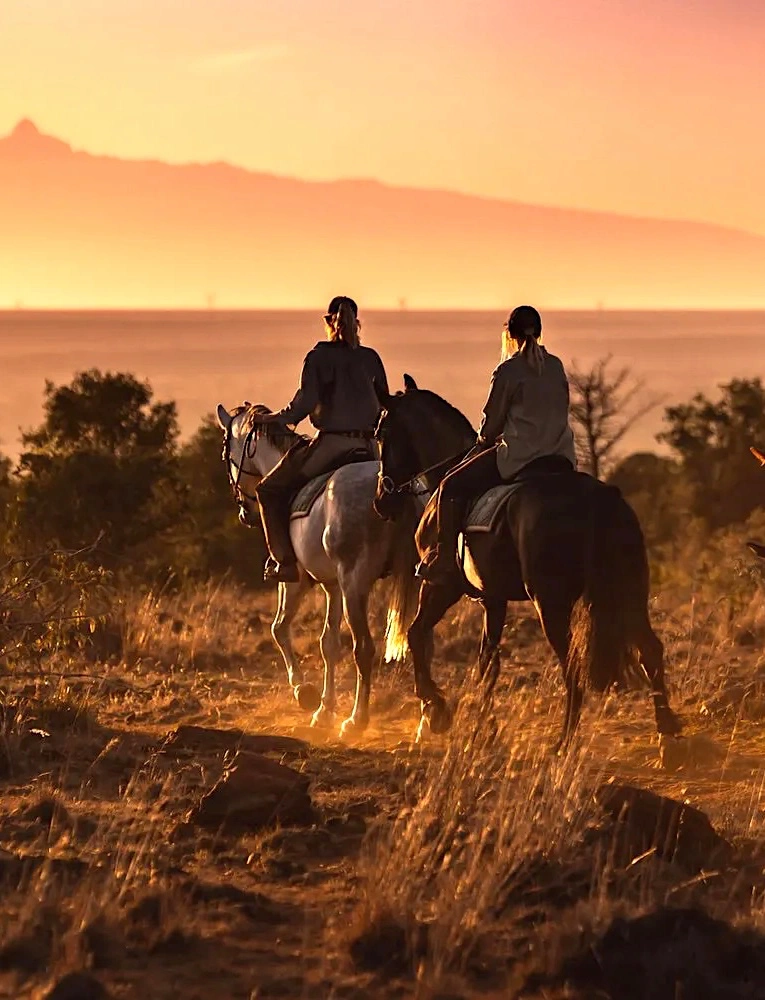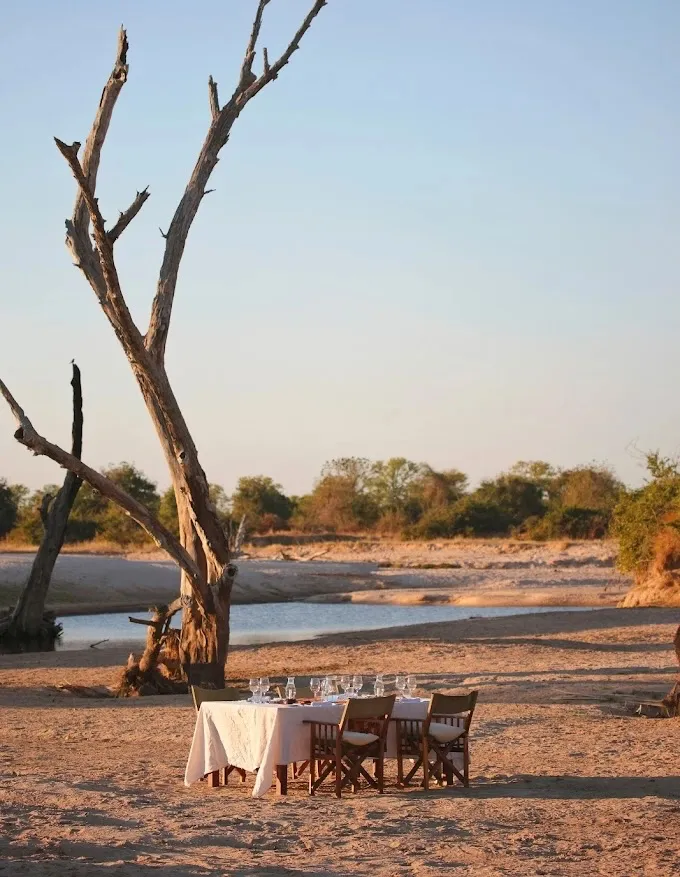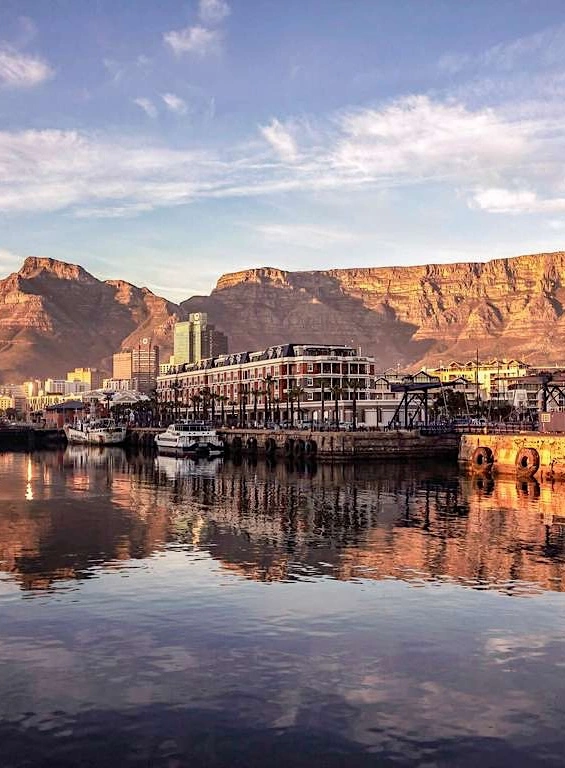
Laikipia

When conservation and community come first, an enhanced safari experience follows

The Laikipia Plateau is a mosaic of privately owned game reserves, conservancies and farmlands that span across savannah plains, grasslands and flowing rivers. This region showcases some of the most concentrated wildlife populations in the country, including those of endangered species, but it also stands as a hub for innovative conservation initiatives.


The Laikipia serves as an example of how effective conservation and sustainable development practices can be implemented to ensure the well-being of both natural ecosystems and local communities.
Geography and Landscape
Laikipia is characterised by a mix of different ecosystems, including savannah grasslands, forests, hills, valleys, and even parts of the Great Rift Valley. The region's altitude varies, leading to a range of climates and vegetation types.
Wildlife and Conservation
Laikipia is renowned for its wildlife conservation efforts and the presence of various protected areas, private ranches, and conservancies. It hosts a wide array of animal species, including elephants, lions, cheetahs, leopards, rhinos, and numerous birds.
Ranches and Conservancies
Many landowners in Laikipia have converted their properties into conservancies, which are managed to balance wildlife conservation, habitat protection, and sustainable land use. These conservancies collaborate with local communities and tourism operators to promote ecotourism, contributing to both conservation and local economies.
Conservation Challenges
While Laikipia is a model for successful conservation efforts, it also faces challenges such as human-wildlife conflict, land fragmentation and illegal poaching. Balancing the needs of wildlife and local communities can be complex and requires careful planning.

Rural Communities
Laikipia is home to a mix of ethnic groups, including the Maasai, Samburu, Kikuyu, and others. These communities often engage in livestock rearing, agriculture, and tourism-related activities. The region has witnessed efforts to involve local communities in conservation and sustainable resource management.
International Tourism
Laikipia has become a popular destination for ecotourism and safari experiences. Visitors can enjoy game drives, guided walks, and cultural interactions with local communities. The region's diverse landscapes and abundant wildlife make it an attractive location for nature enthusiasts.
Research and Education
Laikipia also hosts various research and educational institutions focused on conservation, natural resource management, and sustainable development. These organizations play a crucial role in advancing knowledge about the region's ecology and promoting best practices for conservation.
Climate and Agriculture
Laikipia's climate varies from arid to temperate due to its diverse topography. Agriculture is an important economic activity, with farmers cultivating crops such as maize, wheat, vegetables, and fruits. The region's agricultural practices must balance sustainability and conservation.

Start planning your tailor-made holiday
Speak to one of our travel specialists




%20copy.svg)


.svg)



.svg)
























































































































































%20copy%203.svg)